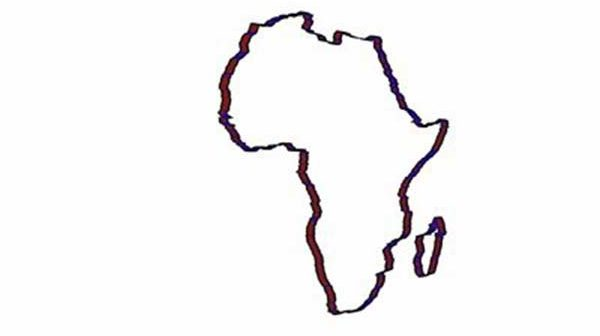
BY BERTRAND CHARDONNET - 2019
THIS STUDY WAS FUNDED BY THE FRANCE-IUCN PARTNERSHIP. France has entered a partnership with the International Union for Conservation of Nature (IUCN), the oldest and largest global organisation for nature conservation. Through this partnership. France and IUCN intend to respond to the global biodiversity crisis and act together for nature and development
Summary
There is a strong international consensus that when protected areas, whatever their type of governance, have sufficient funding, political backing and management skills, as well as the support of local communities, they can conserve biodiversity effectively. However, rapid population growth leads in turn to a great increase in the pressure placed on natural resources. The larger, more ecologically intact protected areas are of vital importance because they provide higher biodiversity levels and greater ecosystem service benefits than smaller, more disturbed areas, including those required for addressing the climate change crisis.
This study analyses the configuration of protected areas in order to identify the points that will help them to tackle the challenges they encounter and to secure their future. The main recommendations involve improving their size and their boundaries, in order to help conserve species, as well as their functions and their natural balances. Today, it is of vital importance to have an adequate budget for managing a protected area: this is currently estimated at 7 to 8 US Dollars/hectare per year (in Africa). Whichever management mode is adopted, if this budget is not available, the protected area will not be able to play its role.
It is no longer possible to increase the size and change the boundaries by evicting populations. Instead, the plan will be to resort to the reclassification of partially degraded protected areas or to the classification of land that helps conservation but is not recognised as a protected area. For several years, with the great decline in the big game hunting sector almost everywhere in Africa, offering the possibility of joining up certain hunting areas with protected areas –in line with the Aichi Targets– there has been a major opportunity to ensure that 17% of national territories are classified as real protected areas. The challenge will be to finance them.
The second opportunity is that of the creation of community conservancies, the democratic expression of local communities, which allow conservation and development to be integrated right alongside protected areas whilst managing human-wildlife conflicts more effectively. The global development of the tourism industry is a great opportunity for participating in the financing of these community areas.
The main risk in the future will be the lack of political commitment to conservation on behalf of governments and also their lack of momentum in performing their sovereign functions: security, rule of law, appropriate legislation and control of its enforcement. The functioning of protected areas can only be optimal in the context of the rule of law and good governance. This commitment should be extended to controlling respect for the role and rights of each of the stakeholders, without any one of them infringing on the role or rights of their neighbours.
It would be very risky to separate a protected area from its surrounding area. By integrating conservation and development, encouraging conservancies currently remains the best possible policy, by ensuring their funding through the benefits of tourism, funding for conservation as a Global Public Good, but also the funding of activities eligible for development.
Far from isolating the protected area through individual management or through a geographical separation such as fences, it is recommendable to coordinate the action of all stakeholders and the planning of their actions in a joint effort, going beyond the protected area (and not looking inwards) in order to tackle future challenges.
Read the full report here: https://webmail7.konsoleh.co.za/?_task= ... &_extwin=1
https://conservationaction.co.za/resour ... y-hunting/


